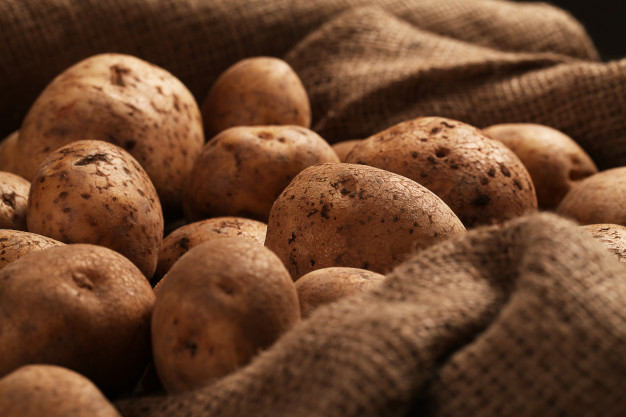top of mind news
- Chicago Considers Polystyrene Ban, Limit On Single-Use Plastics In Restaurants
- Tipping Culture
- Don’t Want To Raise Menu Prices? Time To Get Creative
- Restaurants Take Aim At Improving Manager Turnover Rates
- The Burgerim Disaster
THE FARM
Poultry
Chicken production remains robust, with chickens processed up 4.4% (yoy), and heavier bird weights have pushed ready-to-cook (RTC) supplies higher, leaving the 6-week production total up 8.4% y-o-y. Breast meat prices have retreated recently and are at their lowest level for mid-January since at least 2000. Still, wings and leg quarter prices are finding seasonal strength, but wings are likely to peak in mid-to-late February. But, the leg quarter market could head even higher well into the summer. Price strength across the leg quarter markets has been more robust than expected and escalating export interest may support the dark meat segment moving forward from here.
Beef
Beef production continues to run above year ago levels, with heavier carcasses adding additional pounds of output on a weekly basis. As beef production continues to beat year ago levels, wholesale interest is expected to escalate as well. The Choice boxed beef cutout is projected to increase well into the early spring. The beef grinds, however are expected to fade into mid-February, but the beef 50s should find further support well into the early summer. Imported lean beef prices have fallen, while domestic 90s continue to hold in the mid-to-lower $2.40s. Expect to see continued support for the lean beef trimmings market.
Pork
Pork production last week eased (wow) but was more than 3% over the year prior. Pork prices have started to rebound, with the upside being led by the belly primal, which has shown robust weekly spot sales recently. Pork 72s remain near record highs, but relief is expected later this winter. Anticipate upside price risk for the pork markets as export interest is escalating. The Phase One deal with China appears to change little in the near-term as the tariffs remain in place; but China will likely look to fill part of the $40 billion with additional pork sales.
THE SEA
Seafood
The snow crab markets continue to trade at historically inflated levels due to limited world supplies. During November, the U.S. imported 8.7% less snow crab than the previous year at prices roughly 9% more expensive. The Alaskan snow crab fishing season is progressing, but notable supply relief is not anticipated to occur in the near term. Thus, inflated snow crab leg markets are projected to persist at least into the spring.
THE GARDEN
Produce
The potato markets remain expensive due to the weather induced shortened harvest. The USDA is estimating the 2019 U.S. potato harvest at 422.9 million hundredweight, down 6% from the previous crop and the smallest in nine years. Potato supplies are anticipated to be limited, especially for the larger sized product, during the next several months. This could underpin the potato markets. However, look for inflated price levels to temper consumption. Cold weather this week could mitigate the tomato harvest in Florida. Still, history has shown that the risk in the tomato markets during this time of year is to the downside.
THE KITCHEN SINK
Dairy
The CME cheese block market is firm and the highest for January since 2014. Solid demand both domestically and abroad along with only modest year-over-year milk output gains are supporting cheese prices. The cheese markets look poised to remain strong in the near term. The CME spot butter market is the lowest for this month in five years. Domestic butter inventories are more than adequate, and production has been active. Butter prices may still decline in the near term but usually average modestly higher in February versus January. Some long-term forward contracting for butter could be considered.
Grains
The phase one trade deal has been signed with China which could bring a boost to U.S. grain and oilseed exports as early as February. Typically, China sources a large portion of their soybean needs from South America in the coming months. Further, the South American soybean crops look big which could temper any price upside.
Oil
Nearby ultra-low diesel fuel futures are down 11.5% so far in 2020. Distillate fuel stocks in the U.S. are in-line with year ago levels despite a strong U.S. economy. Diesel fuel futures haven’t spent a lot of time below $1.800 since December 2018.














